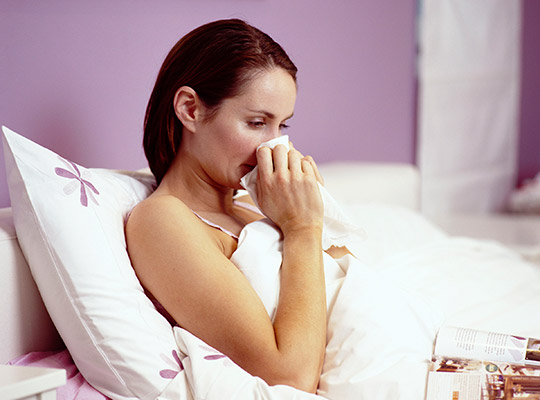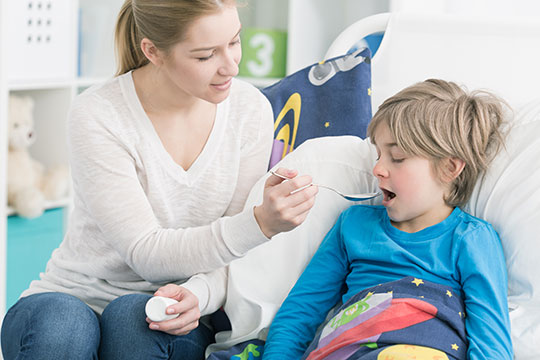
It’s cold and flu season once again and odds are that you will come down with at least one such infection this year, and if you’re unlucky or a parent – kids bring these viruses home very regularly – you might even get sick two or three times.
You can, of course, easily lower your risk of getting the flu by getting the flu shot. Although it’s still early days, it appears that the current vaccine is a decent match against this year’s flu strain.
Unhappily, though, there are still no vaccines against the many different viral strains that cause colds. An experimental “cold vaccine” developed in the US seems to be working well at preventing colds in macaque monkeys, and although it’s a huge step from other primates to humans, this is still hopeful for the future.
Keep in mind that frequent hand-washing also seems to lower the chances of coming down with colds, the flu, and some gastrointestinal viruses too, so wash your hands often.
But if you do get sick, how can you tell the difference between a cold and the flu and does it even matter to know whether you are sick with one or the other?
The second part is easy to answer: a cold doesn’t do much damage but “the flu” can kill, especially the most vulnerable such as the very young, the very old, those with immune system problems, and others.
So yes, it does matter to know the difference if only to be much more aware of trying not to pass on the flu should you get it.
However telling the difference between the two isn’t easy.
In very general terms, although both viral infections produce somewhat similar symptoms such as a sore throat and cough, colds are milder infections that may drive you crazy because of your blocked nose or sneezing but unlike the flu, colds don’t usually lead to high fevers or more generalized symptoms such as aches and pains.
As I said, though, this is a broad generalization and there is a large symptom crossover between colds and flus.
Final question: how should these viral infections be treated?
Lots of fluids (as a Jewish man, I swear in the benefits of frequent large bowls of delicious home-made chicken soup), rest (I also believe that people who are sick with what they believe to be the flu should stay home until they feel better; and if they can’t stay home, they should at least wash their hands as often as they can) and judicious use of medications for symptoms, although if you do decide to use drugs for symptoms, please do yourself a favour and consult your pharmacist about possible side effects from these drugs and especially how these drugs may interact with other drugs you may be taking.
If you’re sick of being sick then London Drugs has everything you need to take care of your health. Click here to shop our collection of cough, cold and flu relief, or learn more about getting the flu shot at London Drugs here.



